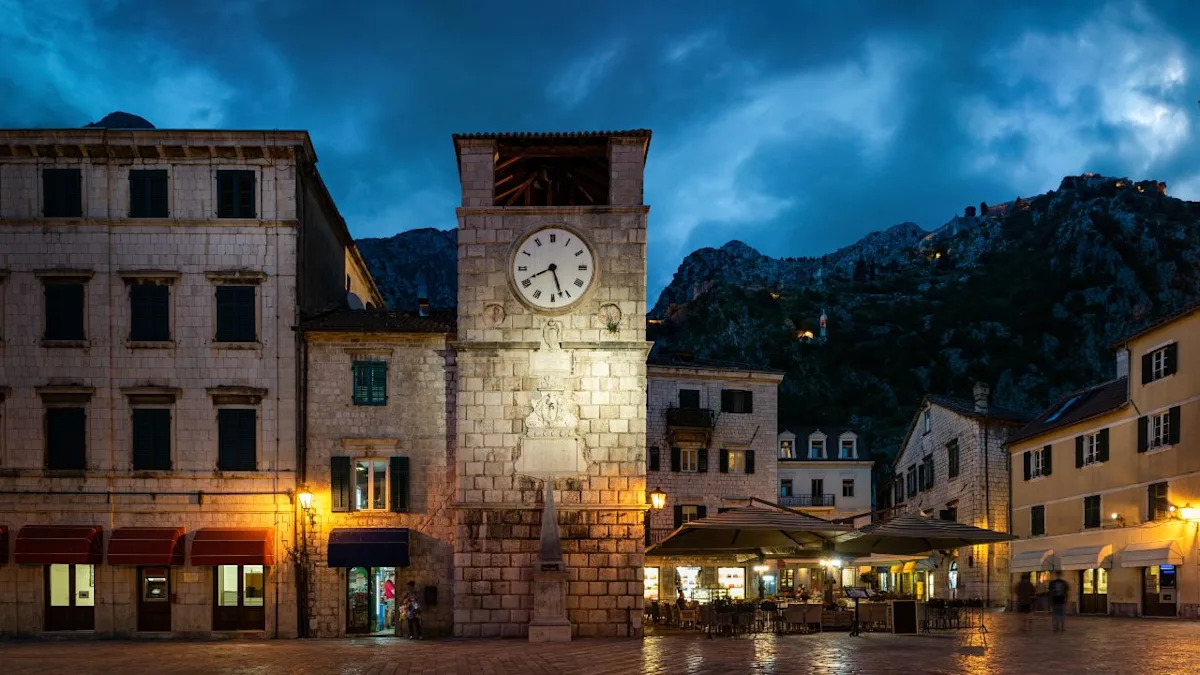Southern Europe is overflowing with charm, but beyond the well-trodden paths of Italy and Greece lie treasures waiting to be discovered. From Portugal’s sunlit coasts to Croatia’s island-studded seas, the region is filled with ancient cities, hidden beaches, and cultures that celebrate life through art, food, and architecture.
Each destination offers the same Mediterranean magic, warm hospitality, slow afternoons, and food that tells a story, but with fewer crowds and lower prices. These places echo the beauty of Rome’s piazzas and Santorini’s sunsets, yet maintain their own distinct rhythm. They’re reminders that paradise is not exclusive to one country, but scattered like pearls across the south of Europe.
To travel through these destinations is to rediscover authenticity. It’s where history feels alive, where locals greet strangers as friends, and where every corner holds the scent of sea breeze and olive groves. While Italy and Greece may reign supreme in postcards, these other corners of the continent rival them with equal grace and wonder. From cobblestoned towns to cliffside villages, from vineyards to volcanic beaches, they capture the same timeless Mediterranean soul. Here are thirteen Southern European destinations that deserve a place beside the icons.
Porto, Portugal
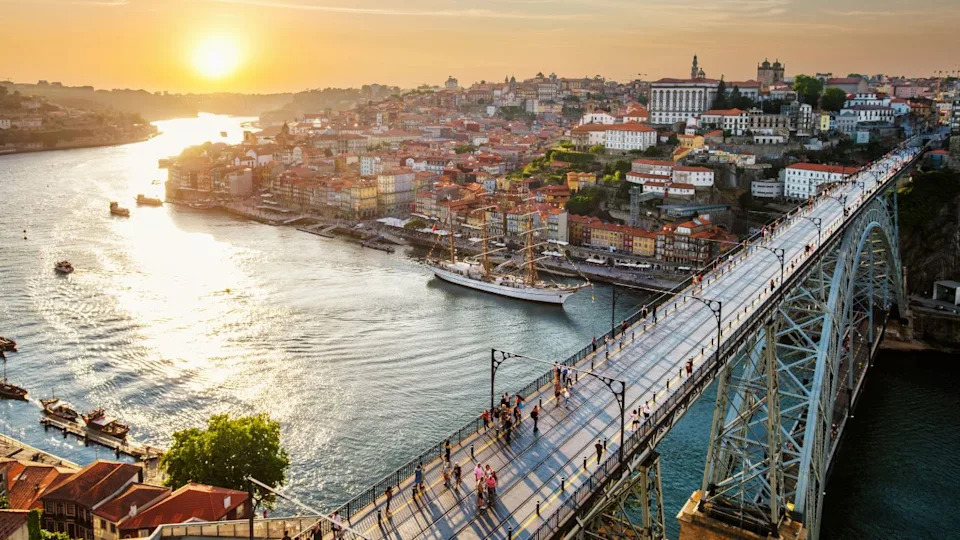
Image Credit: Shutterstock.
Porto shimmers along the Douro River, its terracotta rooftops cascading toward the sea like a watercolor come to life. The city is a perfect balance of elegance and grit, where azulejo-tiled churches sit beside weathered wine warehouses. Wandering its narrow lanes feels like stepping into an artist’s sketchbook, every façade telling a story of centuries-old craftsmanship.
The Ribeira district hums with the sound of clinking glasses and laughter as the sun melts over the river. Above it all, the iron span of the Dom Luís I Bridge connects history and horizon. Porto’s beauty is unpolished but deeply poetic.
For travelers who love the soul of Southern Europe, Porto offers the same romance as Florence or Santorini, but with fewer tourists and lower prices. The city’s food scene bursts with flavor, from fresh seafood to iconic francesinha sandwiches drenched in spicy sauce. Its architectural heritage mixes Gothic cathedrals with Art Nouveau cafés, creating a visual feast for every visitor. At sunset, the reflection of the city lights on the river rivals any Mediterranean glow. Porto invites you to linger, sip slowly, and savor the rhythm of authenticity.
Dubrovnik, Croatia
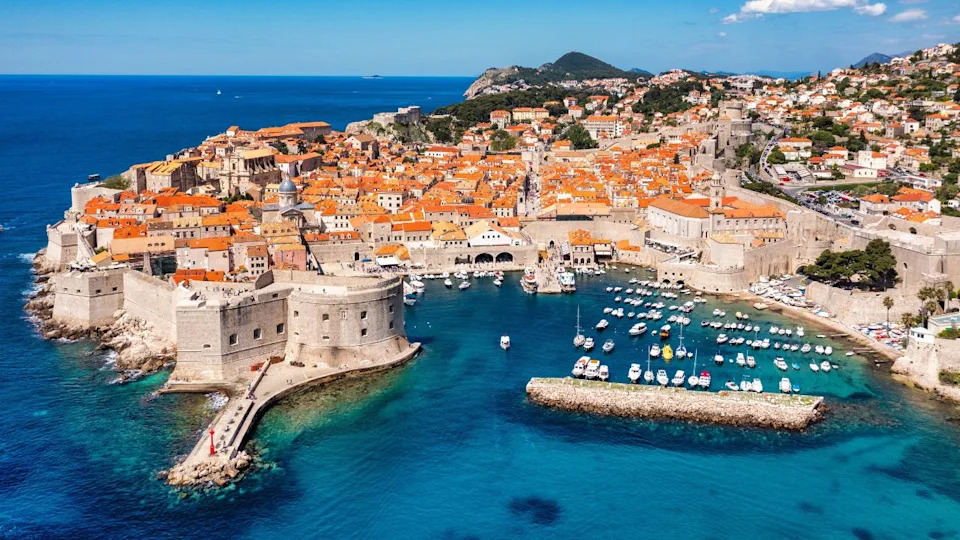
Image Credit: Shutterstock.
Dubrovnik gleams like a jewel on the Adriatic, its ancient stone walls embracing a labyrinth of marble streets and red-tiled roofs. Often called the “Pearl of the Adriatic,” it rivals Venice in beauty and Athens in history. Its Baroque churches, Renaissance palaces, and sea-bathed ramparts create a skyline of timeless majesty. Walking the city walls offers breathtaking views of turquoise waters and distant islands. Every step feels like walking through living history.
Yet Dubrovnik is more than a museum; it’s a vibrant coastal haven. Cafés spill onto the streets where the scent of salt and grilled fish fills the air. Locals and visitors mingle over wine in the glow of lanterns that light up the night. Just outside the city walls lie quiet beaches and hidden coves where the Adriatic laps gently at the shore. Dubrovnik proves that Croatia can stand proudly beside Italy and Greece as one of Europe’s great coastal wonders.
Valletta, Malta
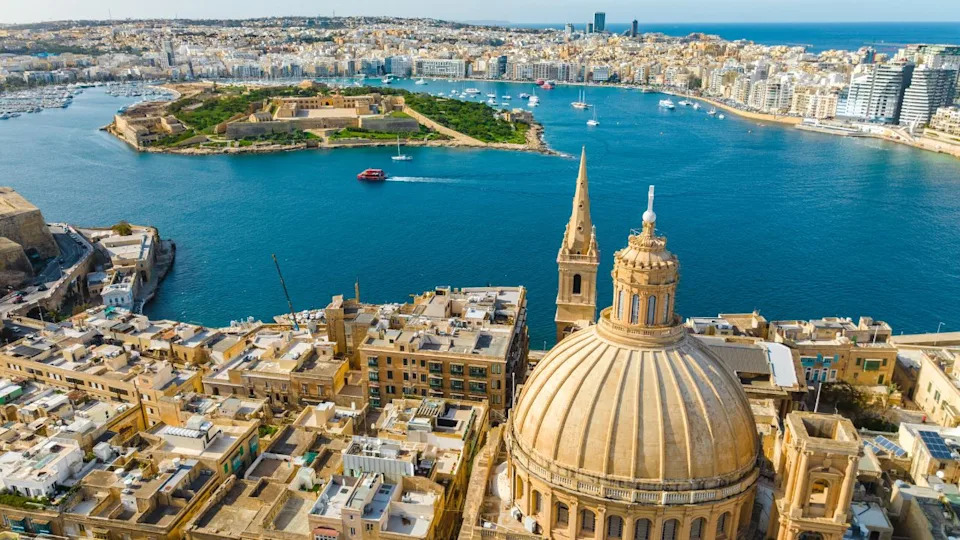
Image Credit: Shutterstock.
Valletta may be one of Europe’s smallest capitals, but its Baroque grandeur rivals the great cities of the Renaissance. Built by the Knights of St. John, this honey-colored fortress city is a masterpiece of order and ornament. Its golden stone glows under the Mediterranean sun, framing domes, towers, and marble stairways that tumble toward the sea. St. John’s Co-Cathedral dazzles inside with gilded carvings and Caravaggio’s paintings. Every corner seems to echo with the spirit of devotion and design.
For travelers seeking both history and charm, Valletta offers a perfect blend. The city’s narrow streets hide cozy cafés and sea-view terraces that overlook the harbor’s sapphire waters. Modern architecture merges gracefully with ancient ramparts, reflecting Malta’s long story of adaptation. Though small in scale, Valletta delivers the cultural depth and visual splendor of much larger capitals. It’s the kind of place that turns visitors into lifelong admirers with a single sunset.
Kotor, Montenegro
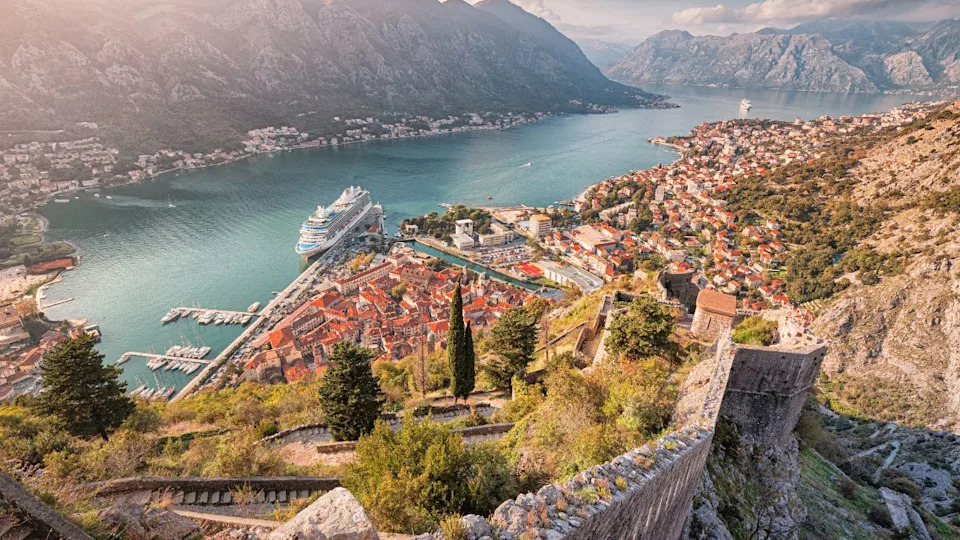
Image Credit: Shutterstock.
Kotor sits where mountains meet the sea, a medieval walled town nestled in one of Europe’s most breathtaking bays. Its stone churches, Venetian palaces, and narrow streets tell tales of sailors and empires long past. Surrounded by towering cliffs, Kotor feels both hidden and grand, a place suspended between myth and reality.
The Cathedral of St. Tryphon anchors the old town, its Romanesque beauty softened by centuries of salt air. Climbing the ancient city walls reveals a panorama that rivals Amalfi’s dramatic coast.
Despite its small size, Kotor hums with life. Cafés fill its squares, musicians play by candlelight, and the scent of local wine mingles with the sea breeze. The architecture, weathered but proud, reflects centuries of Venetian influence and Balkan resilience. Beyond the city, tiny fishing villages dot the bay, offering quiet escapes just minutes away. Kotor’s serenity, authenticity, and sheer natural beauty make it a worthy rival to Italy’s most famous coasts.
Ljubljana, Slovenia
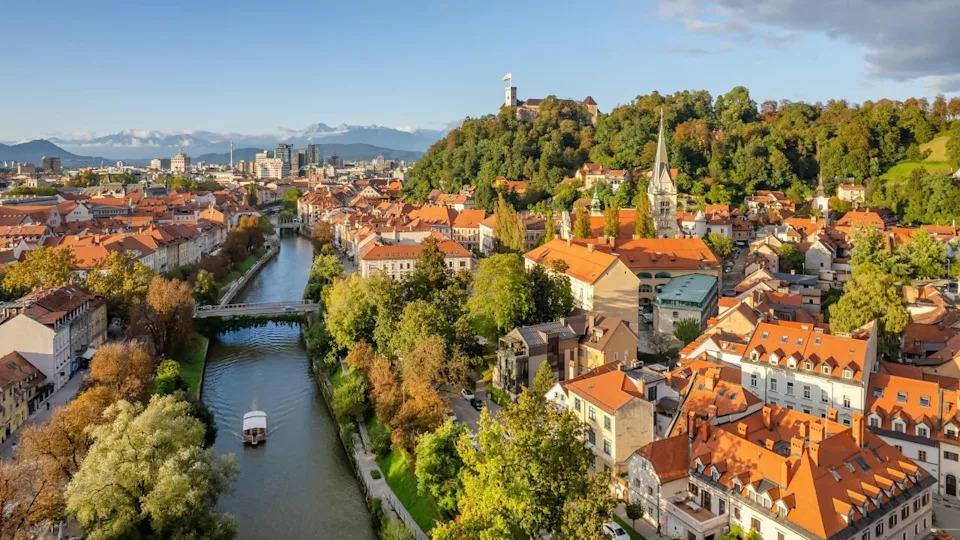
Image Credit: Shutterstock.
Ljubljana may not have the fame of Rome or Athens, but its elegance and warmth surprise every visitor. The Ljubljanica River winds through a cityscape of Art Nouveau buildings, Baroque spires, and bridges adorned with dragons. The castle above watches protectively over pastel-colored streets lined with cafés and markets. Architect Jože Plečnik’s visionary designs gave the city its harmony, a blend of tradition and modernity that feels effortlessly European. Ljubljana is clean, calm, and deeply romantic in a subtle, authentic way.
This city embodies everything travelers love about Southern Europe, a walkable center, creative cuisine, and a relaxed pace of life. You can sip local wine by the river as boats glide beneath stone arches or explore vibrant art galleries housed in restored mansions. Evenings are lively yet never rushed, filled with conversation and music. Ljubljana proves that beauty need not shout to be heard, it simply exists in balance and grace.
Córdoba, Spain
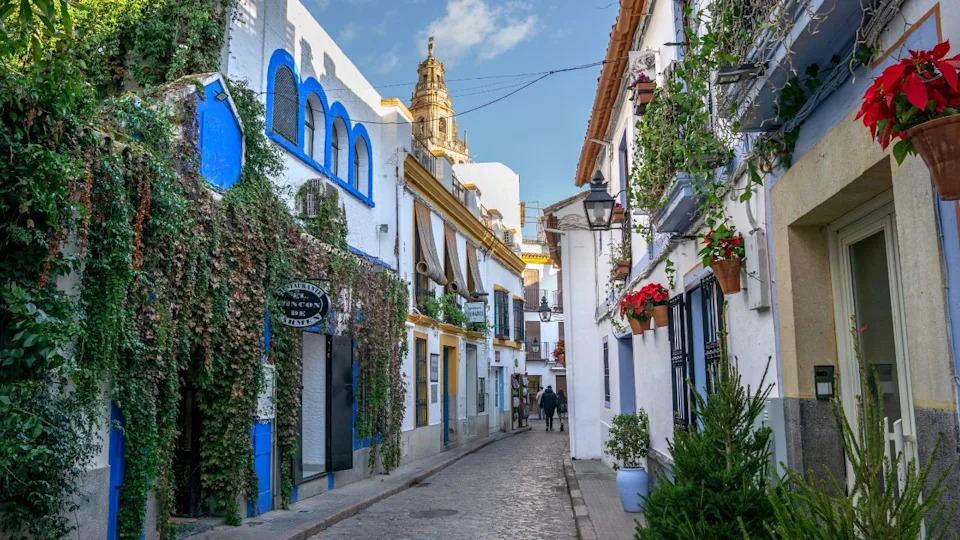
Image Credit: cktravels.com / Shutterstock.
Córdoba radiates a quiet majesty that rivals Seville’s flamboyance and Athens’s grandeur. Its Mezquita, a mesmerizing forest of red and white arches, remains one of the most extraordinary buildings in the world. Once a mosque and now a cathedral, it reflects centuries of cultural dialogue and architectural mastery. Outside, cobblestoned lanes twist through whitewashed courtyards blooming with flowers. Every doorway and fountain reveals Andalusia’s soul.
What makes Córdoba unforgettable is its serenity. The city moves slowly, wrapped in the perfume of orange blossoms and the sound of distant guitar strings. Local life unfolds in shaded patios where families share meals beneath hanging vines. History here isn’t confined to museums, it’s lived and breathed. Córdoba doesn’t compete with anyone; it simply reminds travelers that harmony between cultures can build timeless beauty.
Split, Croatia
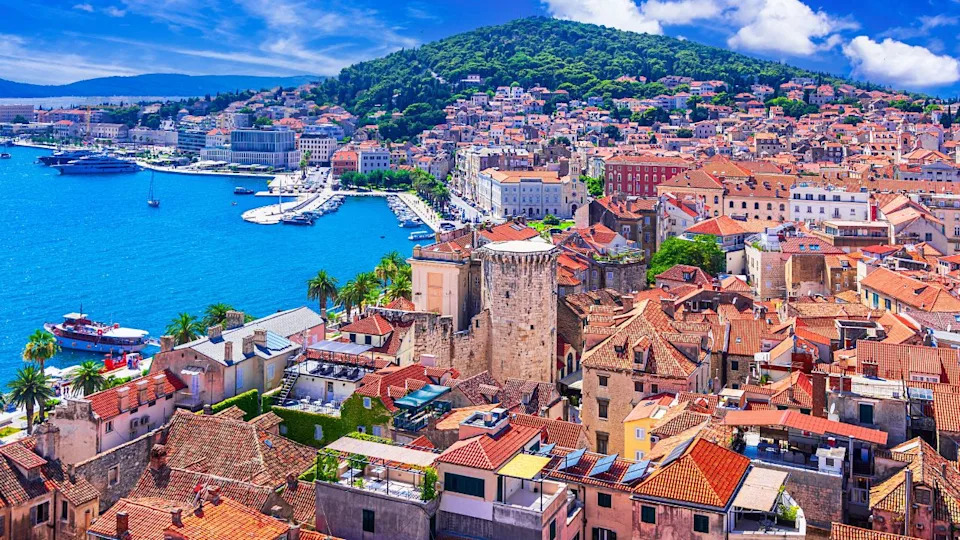
Image Credit: Shutterstock.
Split is where modern life blooms inside an ancient Roman palace. Emperor Diocletian’s monumental residence forms the heart of the city, its colonnades and courtyards now filled with cafés, shops, and music. The marble streets shimmer in the Adriatic light, blurring the line between past and present. Every arch and alley whispers of empires, yet the atmosphere remains distinctly Mediterranean, warm, lively, and free. The rhythm of waves and conversation fills the air.
Split rivals any coastal destination in Italy or Greece with its unique fusion of history and energy. You can sip espresso in what was once a Roman hall or dine by the sea under palm trees. The waterfront promenade, the Riva, glows golden at sunset as locals stroll and chat. Nearby islands like Hvar and Brač offer easy escapes to crystal waters. Split proves that living history can also be vibrant, modern, and irresistibly human.
Évora, Portugal
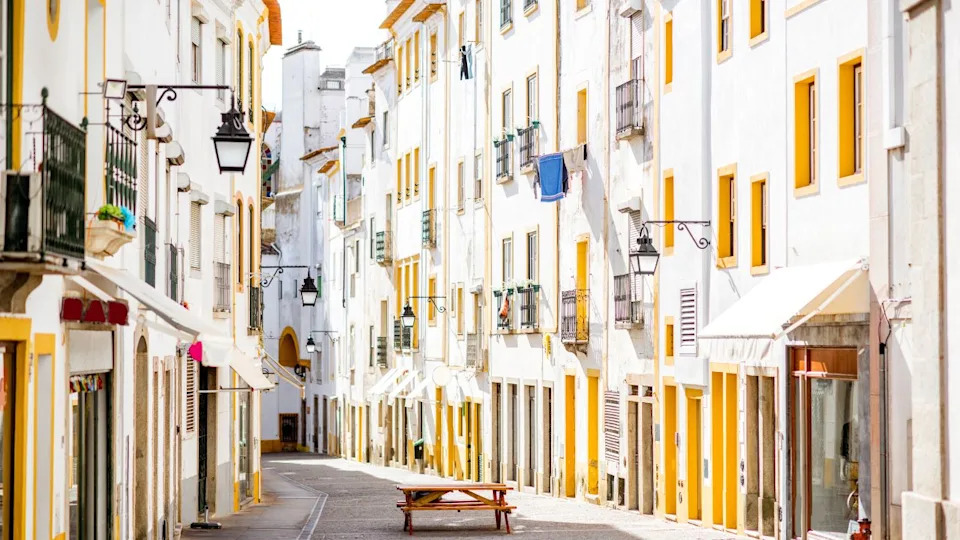
Image Credit: Shutterstock.
In the heart of Portugal’s Alentejo region lies Évora, a city where time feels suspended. Roman temples rise beside whitewashed houses trimmed in yellow, and Gothic cathedrals cast long shadows over quiet squares. The city’s well-preserved architecture earned it UNESCO World Heritage status, and every corner whispers of Portugal’s golden age. Yet Évora remains humble, a place where farmers’ markets still fill medieval courtyards and local wine flows freely. Its charm is authentic, unhurried, and timeless.
Évora rivals Tuscany’s hill towns for its beauty and peace. The bone chapel, haunting yet poetic, reflects a medieval fascination with life’s fragility. At sunset, the city glows under a honeyed light that turns every façade into art. Visitors come for history but stay for atmosphere, the sense that beauty here is simply a way of life. Évora’s grace lies in its stillness, a quiet conversation between past and present.
Matera, Italy
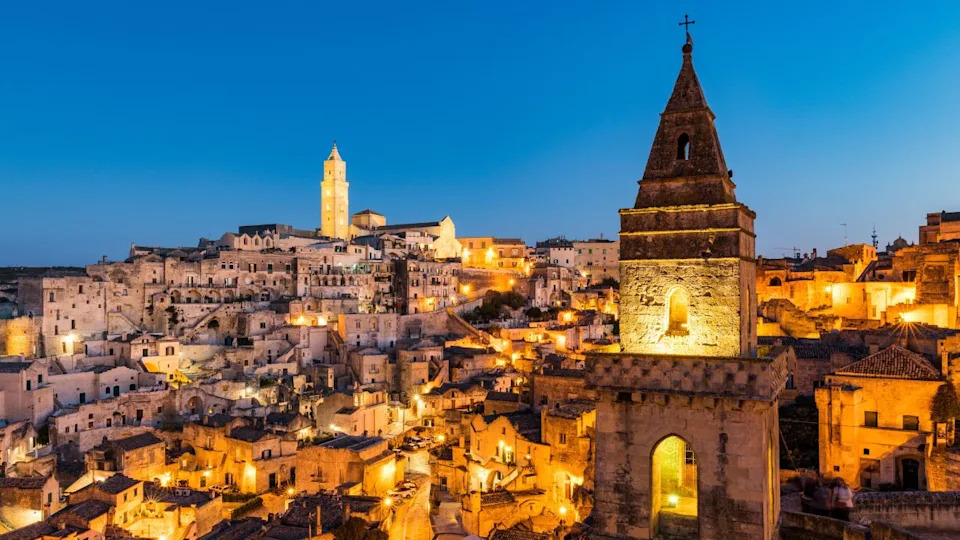
Image Credit: Shutterstock.
While Italy hardly needs rivals, Matera stands apart even among its peers. Carved into the stone cliffs of southern Italy, its ancient cave dwellings, the Sassi, form one of the most hauntingly beautiful cityscapes in the world. Once abandoned and forgotten, Matera has risen as a symbol of renewal and human ingenuity. The stone houses, stairways, and churches blend seamlessly into the rock, glowing gold at dusk. Walking here feels like wandering through a biblical dream.
Matera rivals Greece’s Santorini not in color but in spirit. Its beauty lies in silence, shadow, and endurance. Locals have turned ancient caves into art studios, boutique hotels, and restaurants that preserve the city’s essence. It’s a living reminder that even in hardship, artistry survives. Matera doesn’t need glamour, it has soul carved from stone.
Lucca, Italy
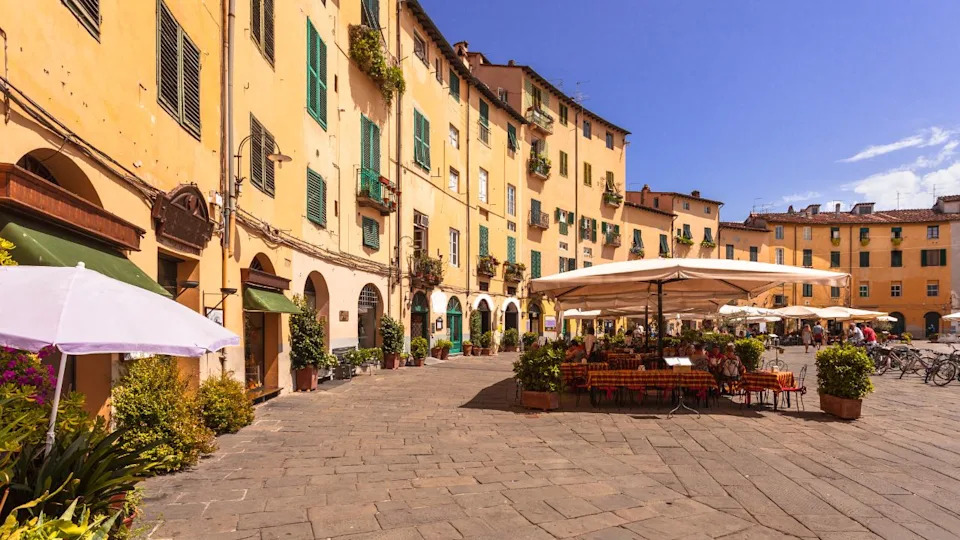
Image Credit: Shutterstock.
Lucca is Tuscany’s best-kept secret, a city wrapped in Renaissance walls that whisper of nobility and peace. Its quiet charm contrasts Florence’s grandeur yet rivals it in harmony and grace. The cobblestone streets wind past Roman amphitheaters, medieval towers, and elegant piazzas. Cyclists circle the tree-lined walls while church bells mark the passing of unhurried hours. Lucca’s architecture tells a story of refinement over ambition.
What sets Lucca apart is its livability, a perfect blend of beauty and simplicity. You can wander freely without crowds, enjoying local cuisine in hidden trattorias. The Piazza dell’Anfiteatro, built on ancient ruins, feels like the heart of an eternal village. At dusk, the golden light turns the walls to fire, and the sound of laughter echoes through narrow streets. Lucca doesn’t shout for attention; it quietly wins your heart.
Nafplio, Greece
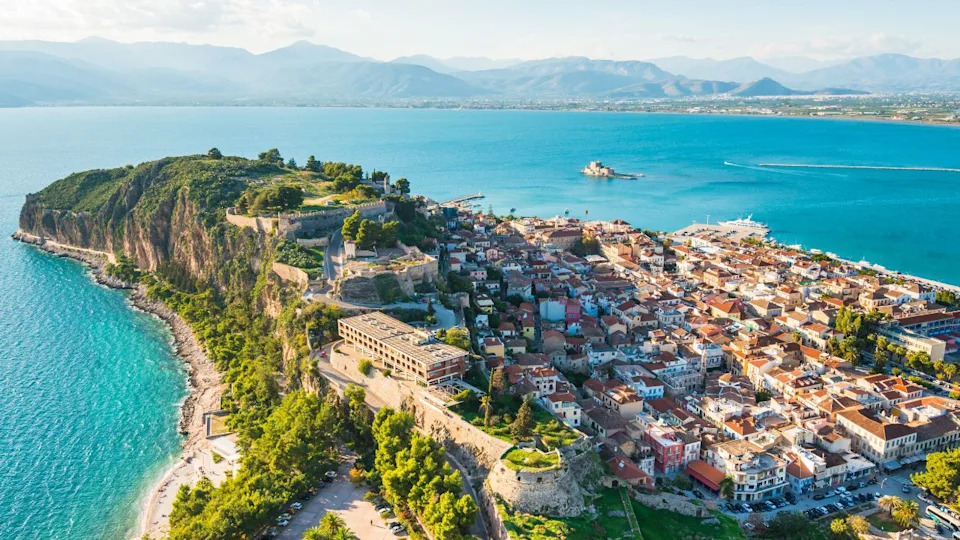
Image Credit: Shutterstock.
Nafplio, often called Greece’s most romantic city, rivals even the islands for its charm. Neoclassical mansions line the harbor where Venetian fortresses rise from turquoise waters. The Palamidi Castle, perched high above, offers sweeping views that take your breath away. Cobbled streets wind past bougainvillea-covered balconies and open into sunny squares where time seems to stand still. Nafplio embodies all that travelers love about Greece, history, beauty, and light.
Despite its elegance, Nafplio remains intimate and welcoming. Cafés line the seafront promenade, their tables overflowing with fresh seafood and laughter. Locals stroll in the evening glow, greeting each other like family. The city’s architecture mirrors its history, a blend of Ottoman, Venetian, and Hellenic influences woven into a harmonious whole. Nafplio proves that even in a land of legends, hidden gems still shine brightly.
Trieste, Italy
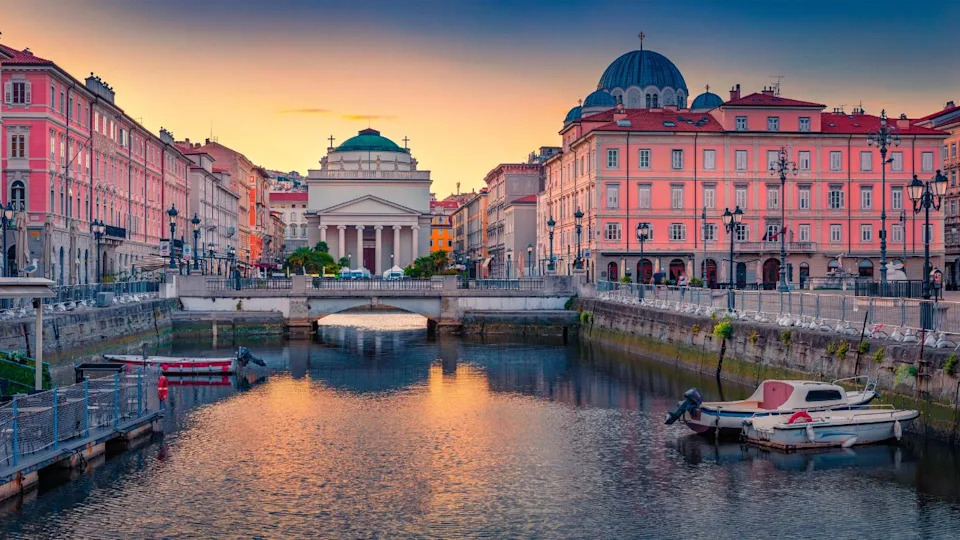
Image Credit: Shutterstock.
Trieste sits on Italy’s northeastern edge, a city of crossroads and contrasts. Once part of the Austro-Hungarian Empire, it combines Italian passion with Central European precision. Grand boulevards, neoclassical palaces, and coffeehouses reflect its cosmopolitan soul. The sea glitters against the backdrop of elegant 19th-century façades, creating a mix of melancholy and grandeur. Trieste’s charm is subtle, cerebral, and utterly timeless.
This is a city for thinkers, dreamers, and lovers of quiet beauty. Its cafés once hosted writers like James Joyce, whose spirit lingers in the air. The blend of Italian, Slovenian, and Austrian influences creates an architecture as layered as its culture. Standing on the Molo Audace pier, watching ships drift into the Adriatic, one feels both nostalgic and alive. Trieste doesn’t compete, it captivates.
Ronda, Spain
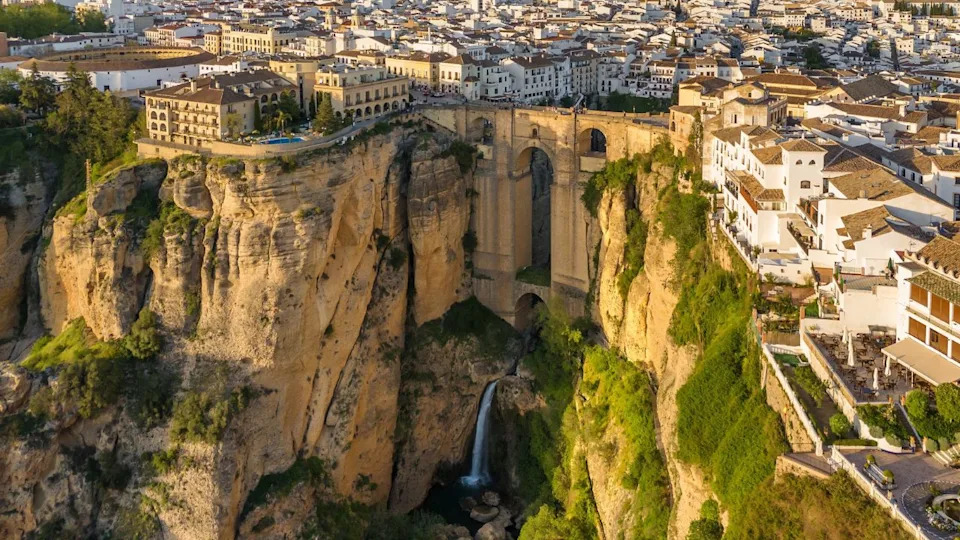
Image Credit: Shutterstock.
Perched dramatically above a deep gorge, Ronda commands one of the most breathtaking views in Europe. The Puente Nuevo bridge spans the canyon with bold elegance, connecting the old and new towns like a metaphor for history itself. Moorish palaces, whitewashed houses, and cobblestoned streets unfold across the cliffs in perfect harmony. The city’s setting rivals Amalfi in drama and Santorini in splendor. Ronda feels eternal, a place shaped by nature and refined by human hands.
For travelers seeking emotion in architecture, Ronda delivers it in abundance. The bullring, one of Spain’s oldest, tells stories of tradition and courage. Sunset turns the stone walls amber as the valley below fades into mist. Despite its fame, Ronda retains an authentic Andalusian heart, quiet mornings, slow meals, and open skies. Here, beauty isn’t just seen; it’s felt in every heartbeat.
Southern Europe is full of places that can stand proudly beside Italy and Greece, destinations where history, flavor, and landscape intertwine. Each city on this list proves that the Mediterranean spirit thrives far beyond familiar borders. Whether carved from cliffs, crowned with domes, or reflected in calm waters, these places share the same soul: timeless, sunlit, and deeply human.
